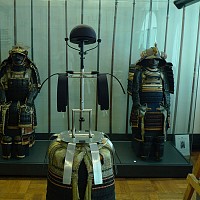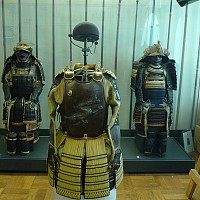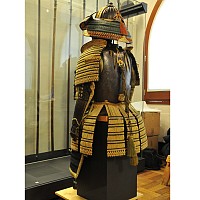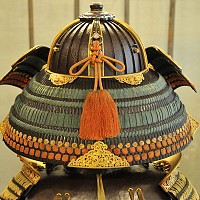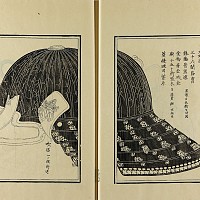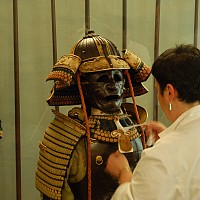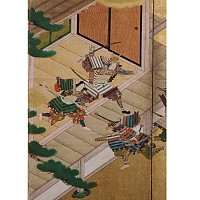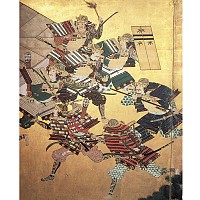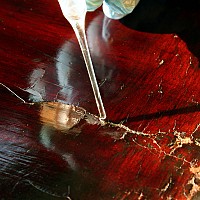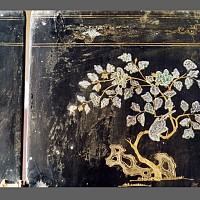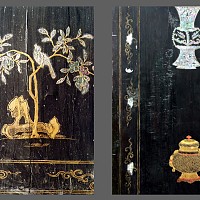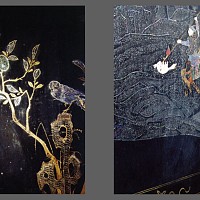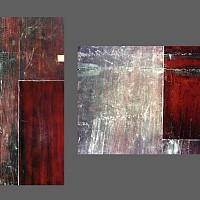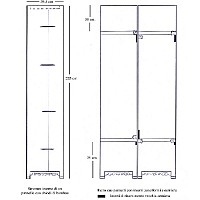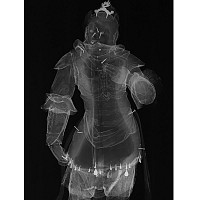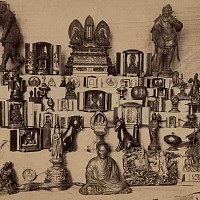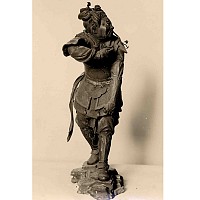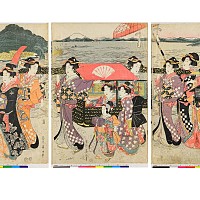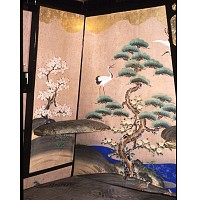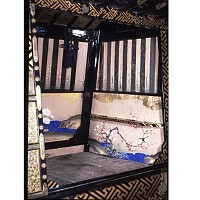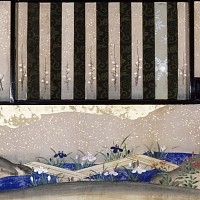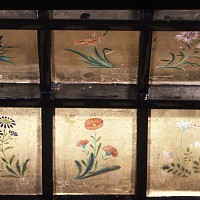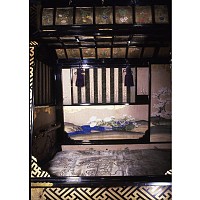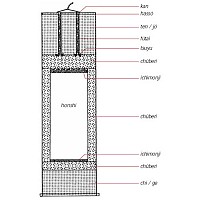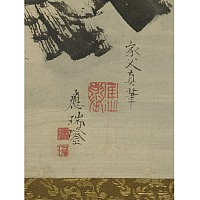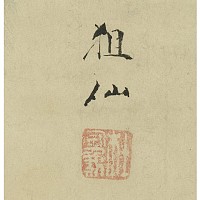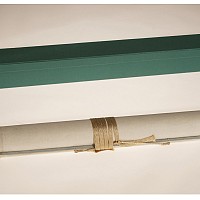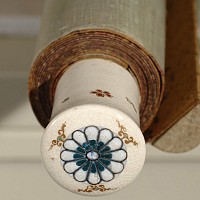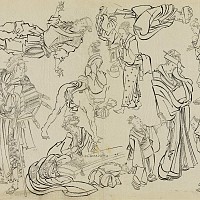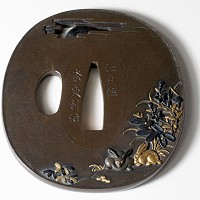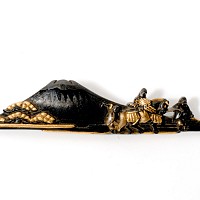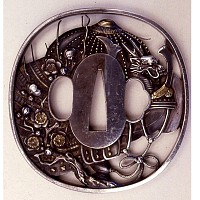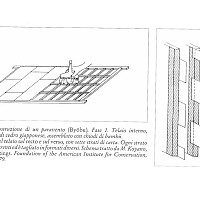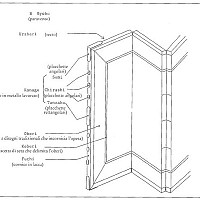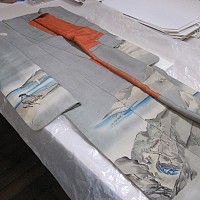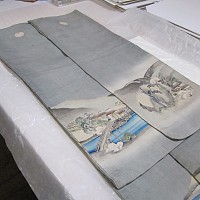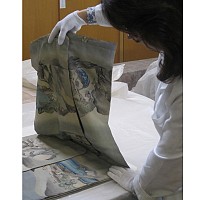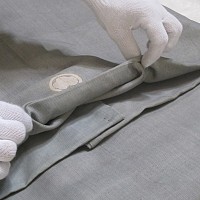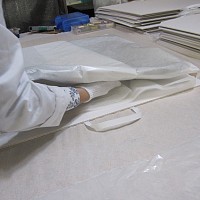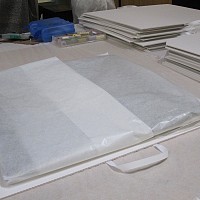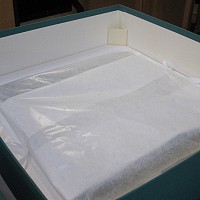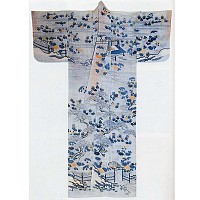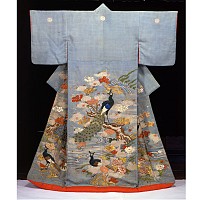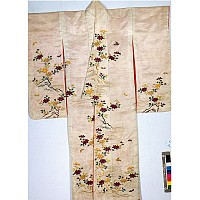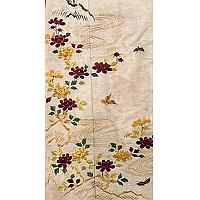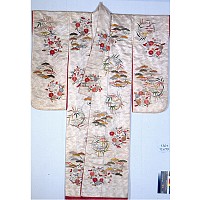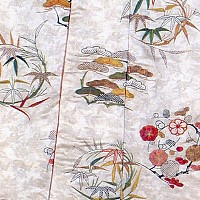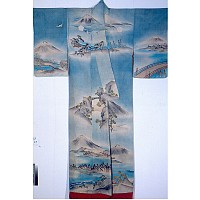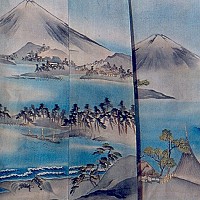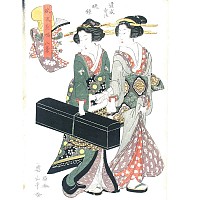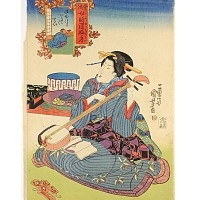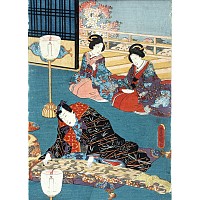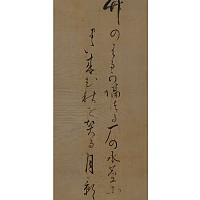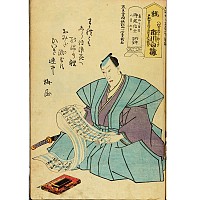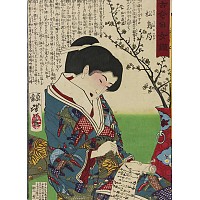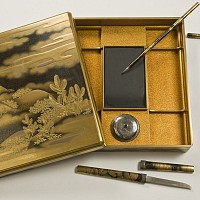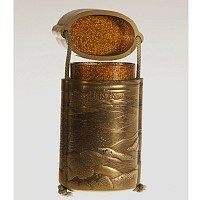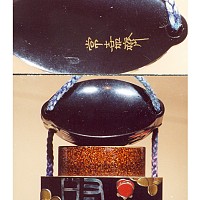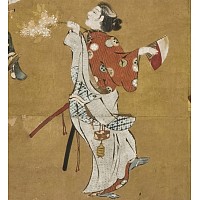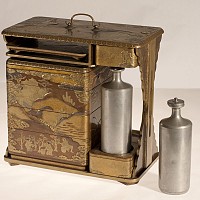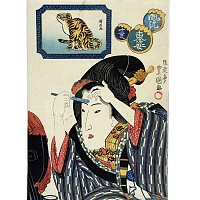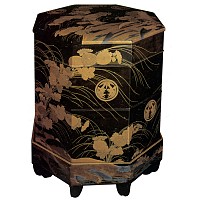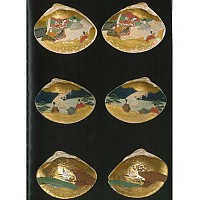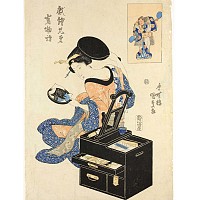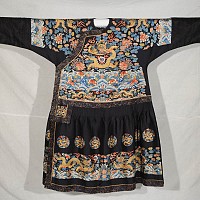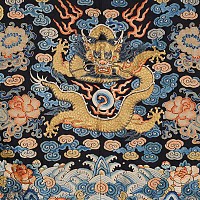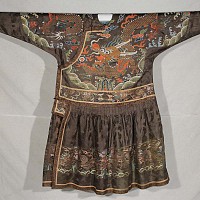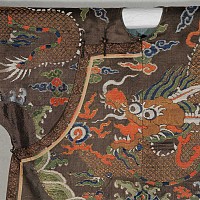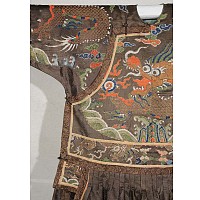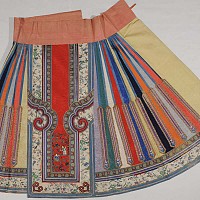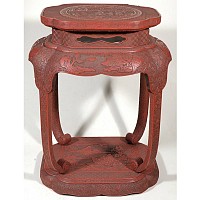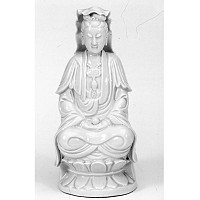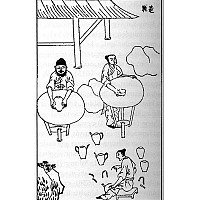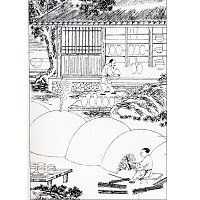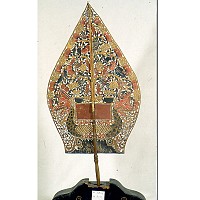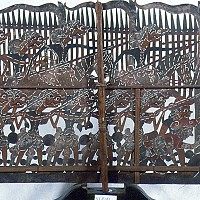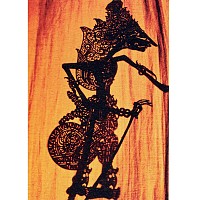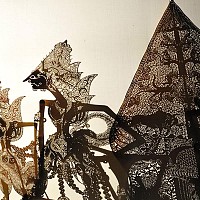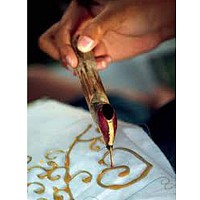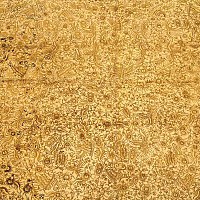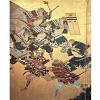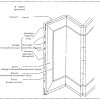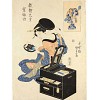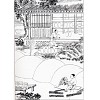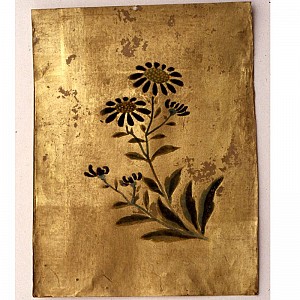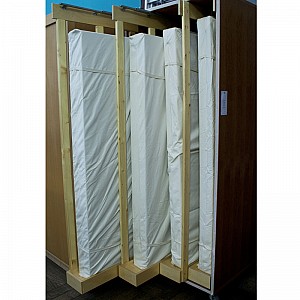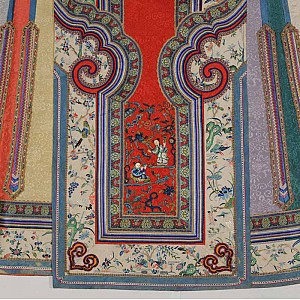Room X
The long and complex process of Japanese lacquer work is displayed in the showcase and in the movie in Room 4. For an extended period of time, but with waned success, artisans in the West attempted to realize lacquerware following the oriental technique. They fell back on imitation lacquerware, using above all cirmolo wood because it was solid and easy to carve. However, the cladding was greatly different and ultimately inferior to the Japanese lacquer: the resistance was inadequate, and the Sandarac, used as varnish, cracked and turned yellow therefore modifying the colours of the painted decoration.
In Japan, each feudal lord had hired groups of artisans among which there were those specialized in lacquer. Despite the sumptuary laws enacted by the shōgun that forbade the excessive ostentation of wealth, the daimyō surrounded themselves with cherished and magnificent objects. The exhibited artworks are typical of a traditional bridal gift set of the high society: included is the essential sandana, three pieces of furniture including the zushidana (for stationery and writing), shodana (for painted scrolls and books), and kurodana (for dyeing teeth). A beautiful example of the kurodana is in Showcase 12. Many other pieces could be included in the set: toilet articles; boxes for cosmetics (tebako), and boxes for ornamental combs and pins. The travel toiletry boxes had to contain small pottery and accessories useful to shave the eyebrows, style hair, and for the preparation of makeup.
There were also boxes for letters, fumibako, and boxes for writing, suzuribako. In Showcases 6, 7 and 10 you can see some suzuribako, very important writing objects, considered precious in a world where calligraphy is considered one of the highest artistic expressions. Inside there is the ink, the suzuri (the stone where the ink was melted), a bottle for water, a penknife, and brushes. In Showcases 1, 4 and 5 there are several hanami bento (picnic lacquerware boxes) containing trays, sake flasks, dishes and containers for food used by the joyous brigades during trips to the countryside to admire the cherry blossoms – as you have seen in the kakemonos of Room 8 – the red maples or the August moon. The tools used for the incense ceremony, the tabi kogubako in Showcase 5, as well as the travel boxes for the incense game, including a scoreboard, the tools to cut the incense, and the boxes for the incense are beautifully and skillfully crafted.
How to use and dress the inrō is explained in the panel of Showcase 15. Inrō, the medical herb boxes with several compartments, were tied to the ojime (a pierced bead used to tighten the rope that closes the inrō) and to the netsuke (a clip with a hole to let the string pass that was used to hang the inrō to the belt). Many netsuke made of ivory, wood, metal or porcelain are displayed in Room 6.


